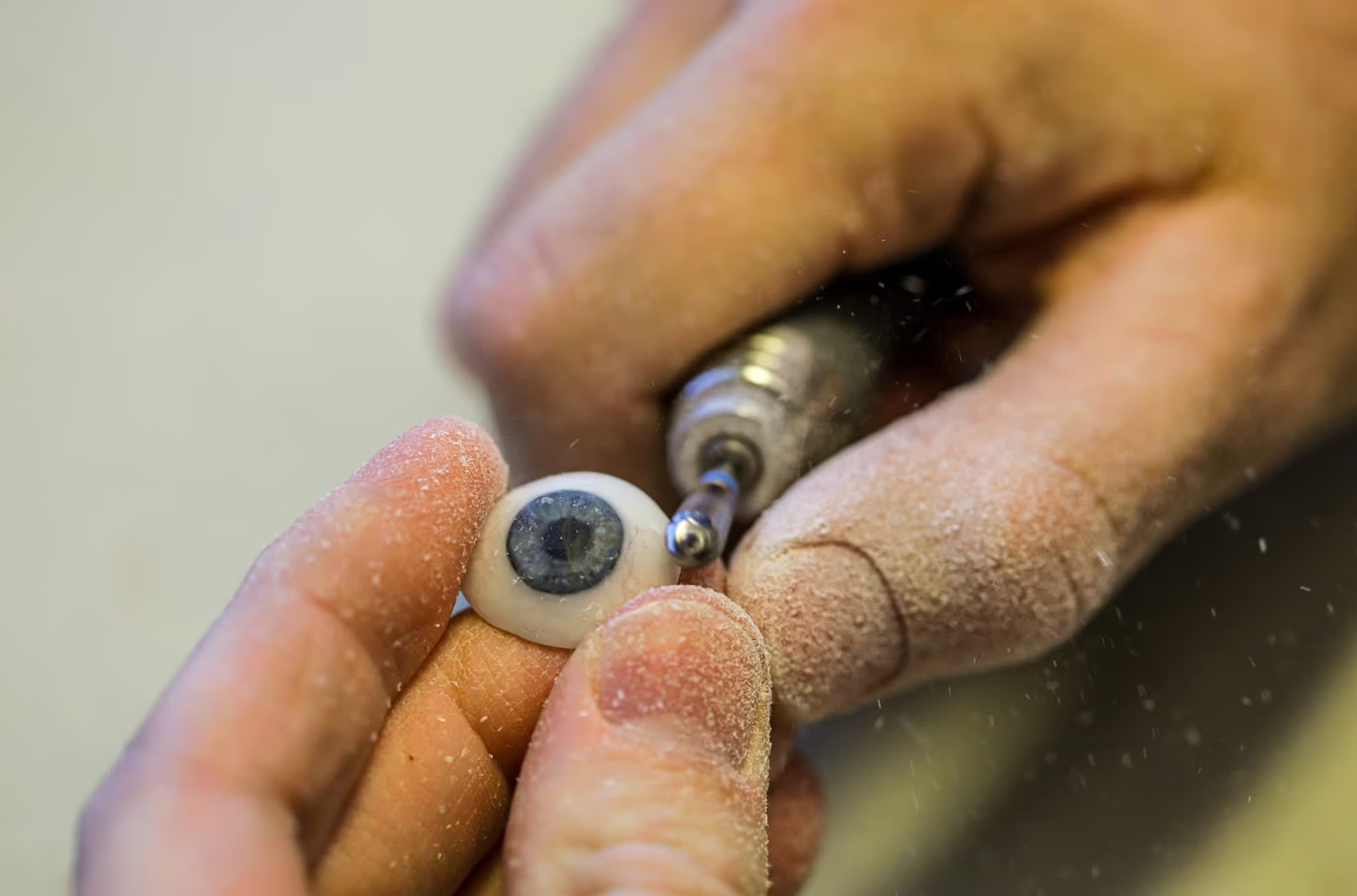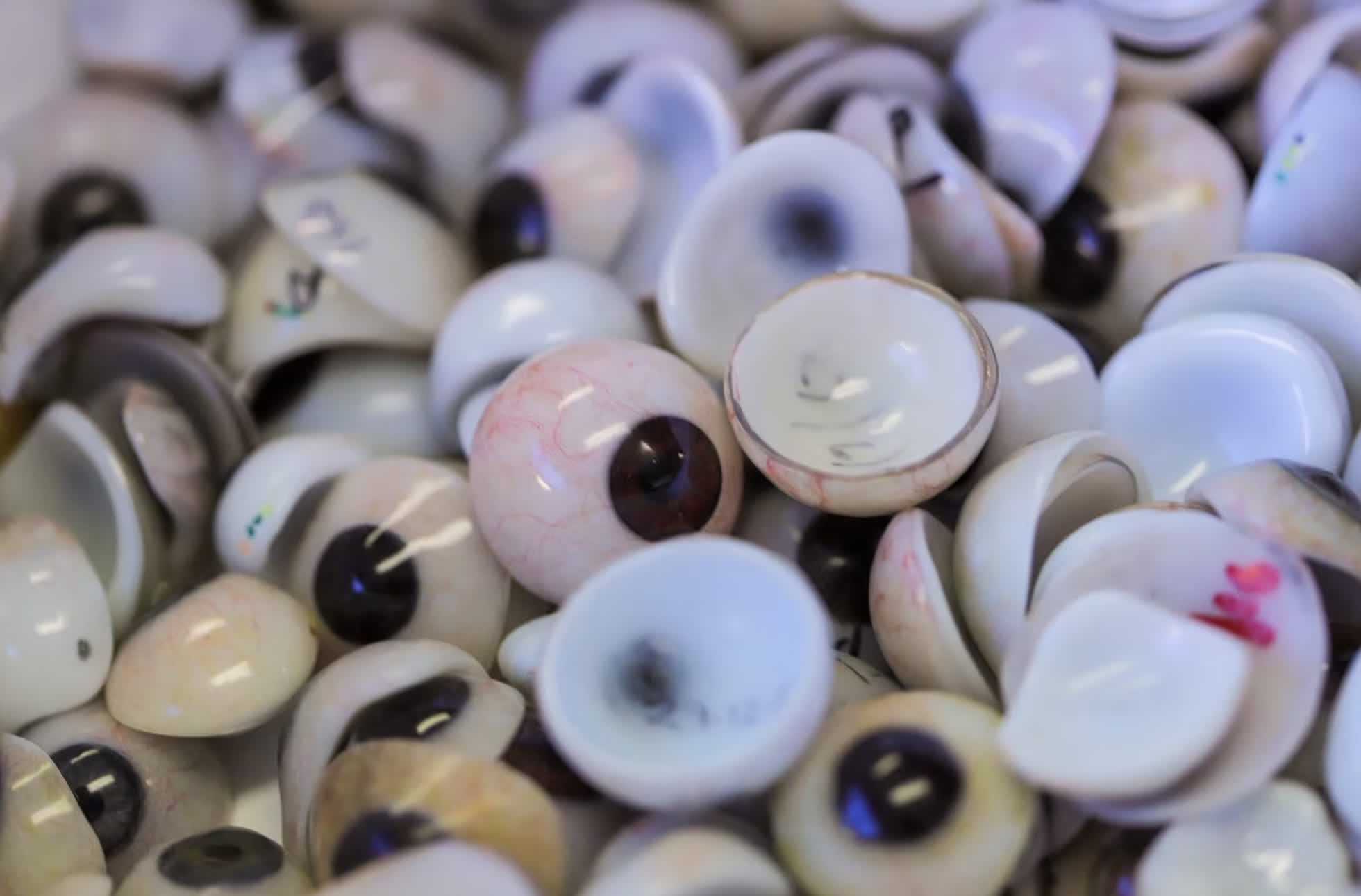In brief: Scientists at the Herston Biofabrication Institute in Australia are conducting a small-scale trial to determine if 3D printed prosthetic eyes can match the look and feel of handcrafted versions created by skilled ocularists.

Prosthetic eyes have traditionally been created by hand, meaning the quality of the final product is only as good as the skill of the ocularists. It can take upwards of 24 hours or more to shape and paint a prosthetic eye by hand. With the help of 3D scanning technology and high-resolution photos, scientists can now make replicas of a patient's existing eye and 3D print it in a fraction of the time it'd take to craft by hand.
The machine-created eye still needs to be fine-tuned by a skilled ocularist to achieve a perfect fit and finish, but the tech certainly has its benefits. In addition to faster turnaround, 3D printed eyes can quickly be reproduced in the event of loss or damage. Some patients might also want a backup for peace of mind. They are also much more affordable than handcrafted variants.

Prosthetic eyes can help restore confidence in patients that may have lost an eye due to a traumatic injury, cancer, or perhaps were born without one. Craig Faull lost an eye due to cancer, and said the social and emotional consequences were perhaps the toughest to deal with.
"That's probably the hardest thing, people's reaction, you know, staring, people talking," Faull said. He reserves his handmade orbital prosthesis for social events to prevent damage that could occur during everyday use.
The ongoing trial involves 10 patients and if successful, a larger clinical trial could be next. Just don't expect the 3D printed technique to make the ocularist trade totally obsolete.
Dr. James Novak, a senior research fellow at the Herston Biofabrication Institute, doesn't believe the machine will replace the human. Nor does Nicholas Puls, an ocularist at Queensland Health who makes and paints prosthetic eyes. Novak said a hybrid approach that combines the best elements of what a 3D printer and a human can do is the best approach.
Image credit: Chris Gillette, ABC News
